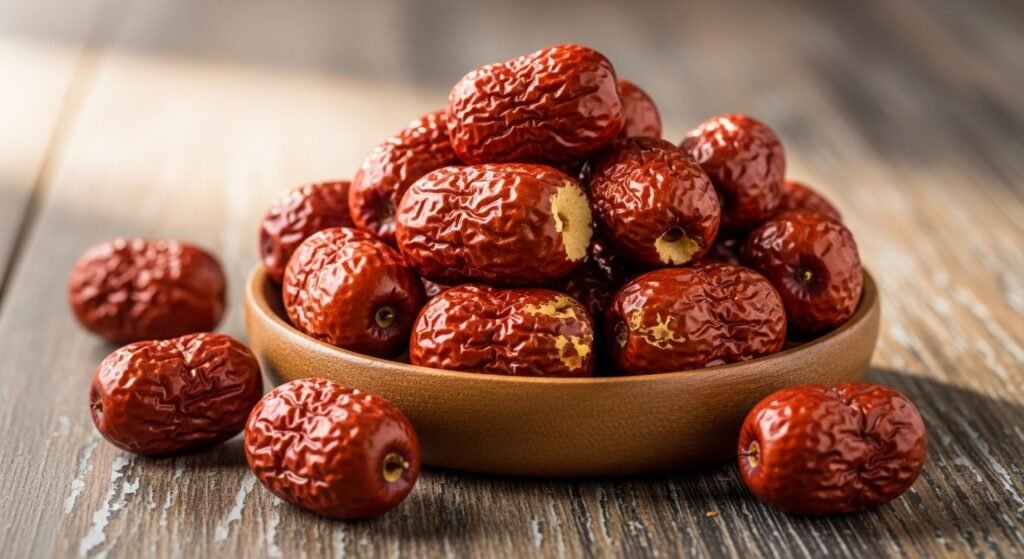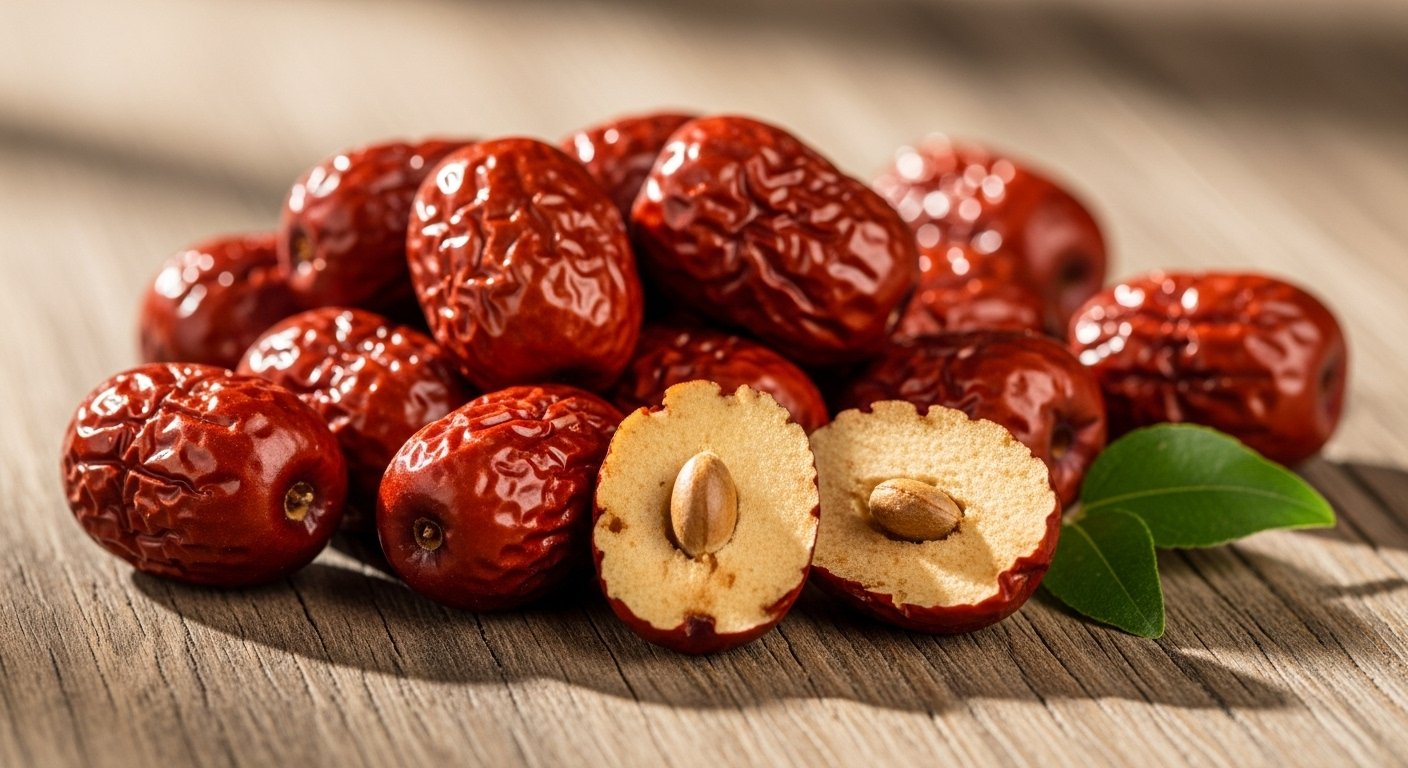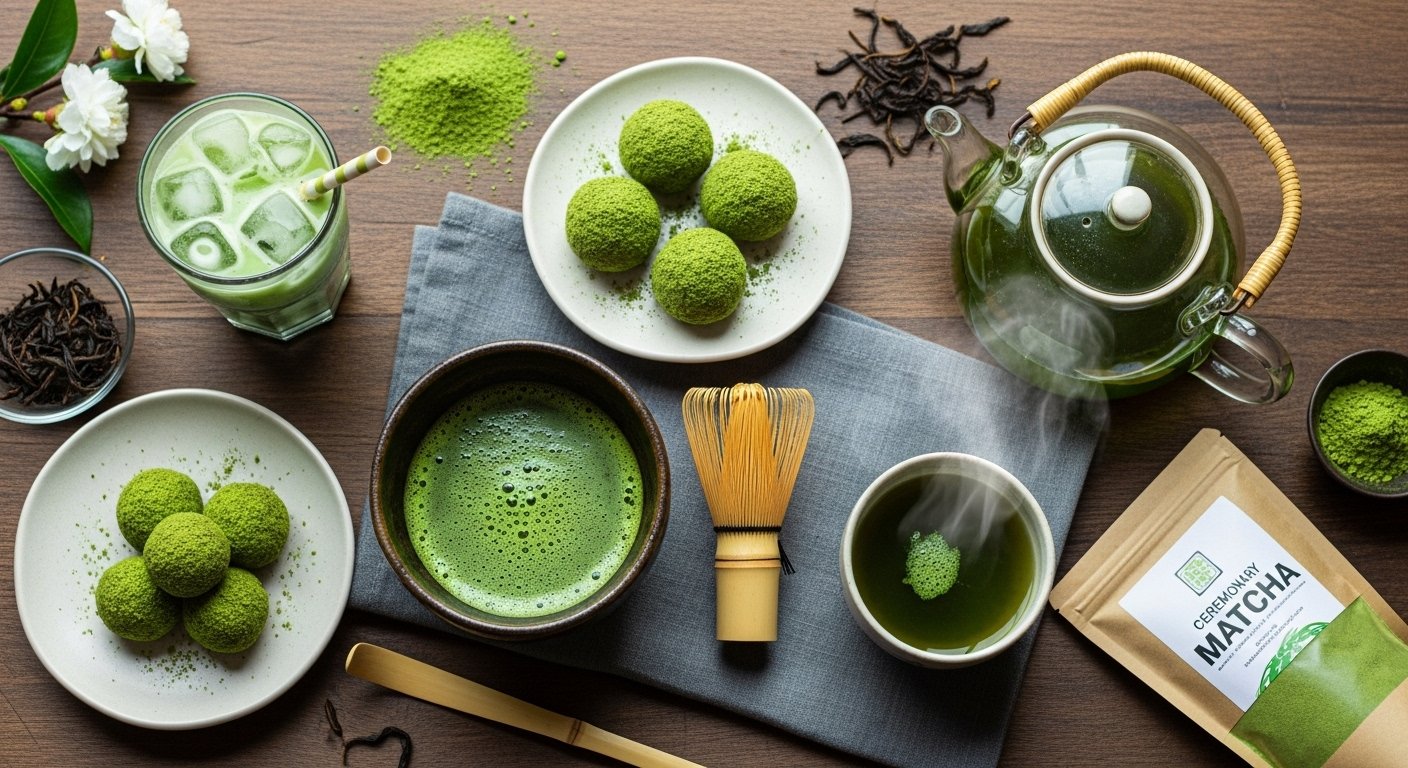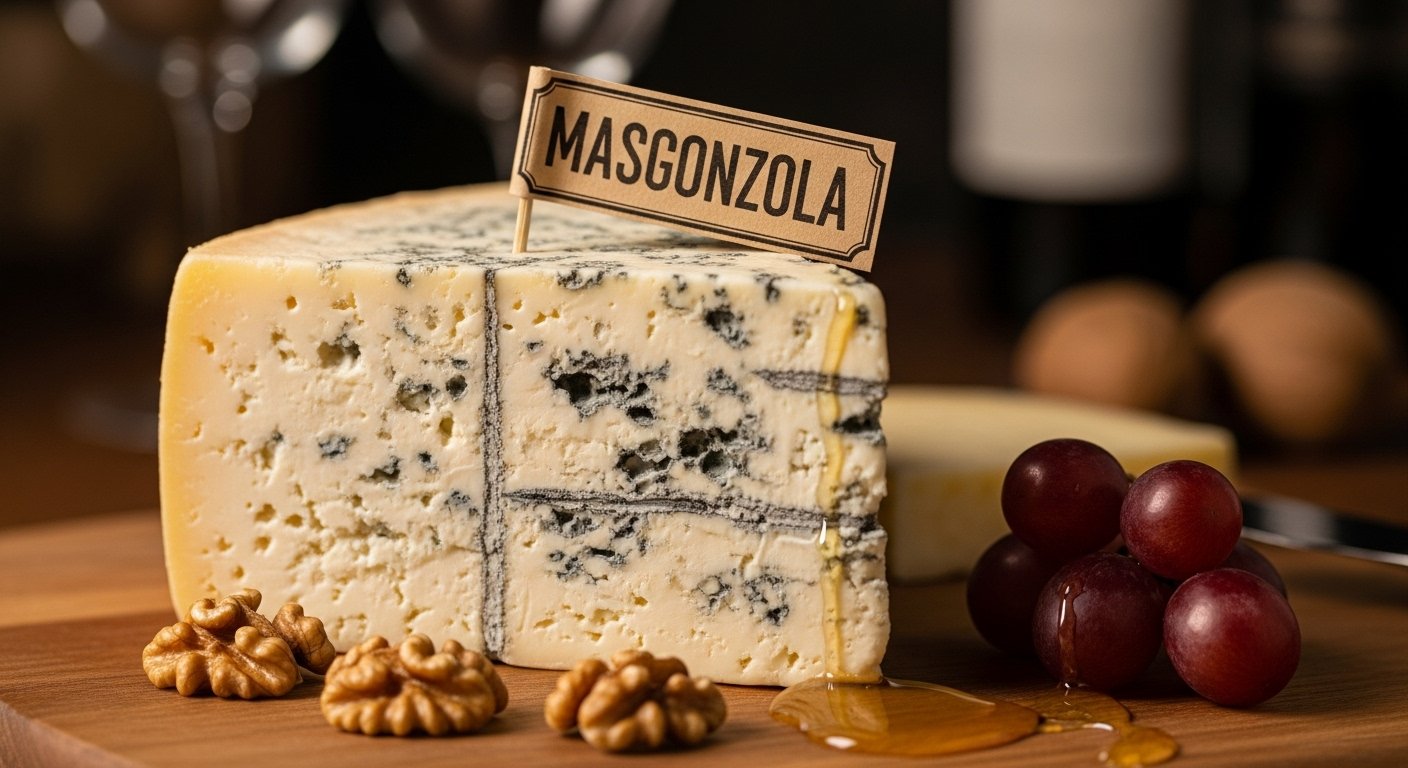Žižole: The Secret Superfruit You Didn’t Know You Needed
Table of Contents
Introduction
Have you ever heard of žižole? If you haven’t, you’re not alone. Many people have never tasted this tiny fruit, let alone know what it’s good for. But once you learn more about žižole, you might want to add them to your garden, your diet, or at least your shopping list!
Žižole, also known as jujubes or Chinese dates, are small, sweet fruits that look like little apples when fresh. When dried, they resemble dates. People in Europe, especially in Croatia, Slovenia, and Italy, love žižole for their taste and health benefits.
But žižole are more than just delicious. They’re packed with nutrients and are used in traditional medicine all around the world. In this article, you’ll learn what žižole are, where they come from, and why you should care. We’ll also show you how to eat them, grow them, and use them in everyday life.
Let’s explore the amazing world of žižole together!
What Exactly Are Žižole?
Žižole are small, oval-shaped fruits that grow on the Ziziphus jujuba tree. They come from Asia but also grow well in parts of southern and eastern Europe. Depending on where you live, you might hear people call them jujubes, Chinese dates, or even red dates.
When žižole are fresh, they are greenish-yellow and crispy like apples. They are slightly sweet and have a mild flavor. As they ripen, they turn reddish-brown and become softer, sweeter, and chewy—just like a date.
The tree they grow on is tough and can grow in dry soil. That means you can find žižole growing in places where many other fruits can’t survive. Plus, they don’t need lots of water or care, which makes them perfect for people with home gardens.
Žižole are not just tasty—they are also super healthy and full of surprises.
Where Do Žižole Come From?
Žižole have been grown for more than 4,000 years. They come from China but are now grown in many parts of the world. People in the Mediterranean love them and often plant them in home gardens.
In Croatia and Slovenia, žižole are a local treasure. Families pass down planting tips, recipes, and even žižole-based remedies. In Italy, they’re known as “giuggiole” and are often soaked in alcohol to make a sweet drink called brodo di giuggiole.
In parts of the Middle East, žižole are added to teas or desserts. In Asia, they’re used in soups, medicines, and snacks. No matter where you find them, žižole are always valued for both their taste and their healing powers.
So even though žižole might be new to you, they’ve been around for centuries and have fans all over the world.
How Do Žižole Taste?
The taste of žižole depends on when you eat them. If you eat them fresh and green, they have a texture like an apple. They are a little sweet and slightly tart, but very refreshing. If you let them ripen, they turn brown and soft and taste a lot like a date.
Some people enjoy them fresh from the tree, while others love them dried into chewy snacks. Dried žižole are much sweeter and can be eaten just like dried fruit. You can also add them to baked goods, trail mixes, or breakfast bowls.
In some places, people use žižole to make tea, jam, or even wine. Because they’re not overly sugary, they can be enjoyed guilt-free. Whether fresh or dried, žižole have a subtle, pleasant flavor that most people enjoy.
So if you’re a fruit lover or snack fan, žižole could quickly become one of your favorites.
Health Benefits of Žižole
Žižole are small fruits with big benefits. They are full of vitamins, minerals, and antioxidants. One of their secret powers is vitamin C, which helps keep your immune system strong.
They also contain valuable fiber, which helps with digestion and keeps you feeling full. Žižole are often used in traditional Chinese medicine to help with sleep, reduce stress, and improve overall energy.
Some other benefits include:
- Helping with better sleep
- Easing anxiety and mood swings
- Supporting heart health
- Boosting your immune system
- Helping digestion and stomach issues
With all these benefits, it’s no surprise that people call žižole a “superfruit.” And the best part? They have no harmful side effects—just a natural, healthy boost for your body and brain.
How to Eat Žižole
Eating žižole is easy. You can eat them fresh, like a snack. Just bite in and enjoy. If there’s a seed in the middle, just remove it like you would with an olive or date.
You can also eat them dried. Just like raisins or apricots, dried žižole are perfect for hiking or school lunches. They’re sweet, chewy, and packed with energy.
Some people chop them and use them in oatmeal, muffins, or cookies. Others drop a few dried žižole into hot water to make calming tea. In Slovenia and Italy, it’s popular to turn them into jams, syrups, or sweet drinks.
No matter how you use them, there’s no wrong way to eat žižole. They’re tasty and simple—just the way good food should be.
How to Grow a Žižole Tree at Home

Good news: žižole trees are easy to grow, even if you’re new to gardening. They love warm weather and don’t mind dry soil. That’s why they grow so well in Mediterranean countries.
Start by buying a young tree or seedling from a nursery. Plant it in sunny soil with good drainage. Water it when the soil is very dry, but remember, žižole trees are drought-tolerant, so they don’t need much.
They usually bloom in spring and produce fruit in early fall. The trees don’t grow too tall, so they’re great for small backyards. And even better, they are hardy and don’t need much care.
If you’ve always dreamed of having a “snack tree” right outside your door, a žižole tree is a fun and healthy choice!
Žižole in Traditional Medicine
Žižole are not only used in kitchens—they’re also used in traditional healing. In Chinese medicine, they’ve been used for over 2,500 years. People believed žižole could bring calm to the mind and strength to the body.
They are often boiled into teas that people use for sleep issues, anxiety, or weak digestion. In Ayurvedic medicine, which comes from India, žižole are also respected for their cooling and balancing effects.
In parts of Europe, older generations used žižole syrup to soothe sore throats and boost energy during winter. Some people still use homemade žižole wine or tea when they’re feeling tired or under the weather.
These traditional uses show that žižole are not just tasty—they’ve been cherished for their healing qualities across many cultures.
Creative Žižole Recipes to Try
Looking to try something new in the kitchen? Žižole add a unique flavor to sweet and savory dishes. Here are a few fun ways to enjoy this wonder fruit:
- Žižole Jam – Boil fresh žižole with sugar, lemon, and a little water. Blend and store!
- Oven-Dried Žižole – Slice and slow-bake for homemade chewy snacks.
- Žižole Tea – Steep dried žižole in hot water with ginger and cinnamon.
- Stuffed Žižole – Fill with nuts and honey for a bite-sized dessert.
- Žižole Smoothie – Add a few sliced žižole to your morning smoothie for natural sweetness.
Let your imagination run wild. Whether you’re a cook or just snack-hunting, žižole are as fun to use as they are to eat.
Where to Buy Žižole
If you live in an area where žižole don’t grow, don’t worry! You can still enjoy them. Many international grocery stores carry dried žižole, often in the Asian or health food section.
You can also buy them online from sites that sell natural herbs, teas, or exotic dried fruits. Some farmers’ markets might sell fresh žižole in early fall. If you see them, grab them—they go fast!
When buying dried žižole, look for ones without added sugar or preservatives. Natural is always better. You’ll enjoy better taste and stronger health benefits from whole, fresh, or simply dried versions.
Fun Facts About Žižole
Here are some cool facts that make žižole even more interesting:
- One žižole tree can live over 100 years!
- There are more than 400 different types of žižole in the world.
- In ancient China, žižole were seen as a symbol of peace and kindness.
- In Italy, a happy person is sometimes called “drunk on giuggiole” (in love with life!).
- The bark and seeds of the žižole tree are also used in natural medicine.
Isn’t it amazing how one small fruit can have so much history?
FAQs
What are žižole?
Žižole are small fruits that grow on the Ziziphus tree. They’re sweet and often called Chinese dates or jujubes.
Are žižole healthy?
Yes! They are full of vitamin C, antioxidants, and fiber. They help the immune system and support digestion.
Can you eat žižole raw?
Yes, you can eat them fresh like an apple or dry them like a date.
Where can I find žižole trees?
You can buy young žižole trees from online nurseries or local garden centers in warm climates.
Do žižole taste good?
They have a mild, sweet flavor. When fresh, they taste like apples. When dried, like dates.
Can kids eat žižole?
Yes, they are safe and healthy for kids. Just make sure to remove the seeds first.
Conclusion
Žižole might be small, but they offer so much—health benefits, sweet flavor, and even history. Whether you eat them fresh, dried, or in a warm cup of tea, žižole are a wonderful treat with powerful perks.
They’re easy to grow, fun to try in recipes, and full of vitamins your body will love. If you’re looking for a new superfruit to enjoy, why not give žižole a try?
Now that you know all about žižole, don’t keep it a secret! Share this article with a friend, try making a žižole snack, or even plant your own little tree. Celebrate nature’s sweet gift and let žižole brighten your day.












Post Comment